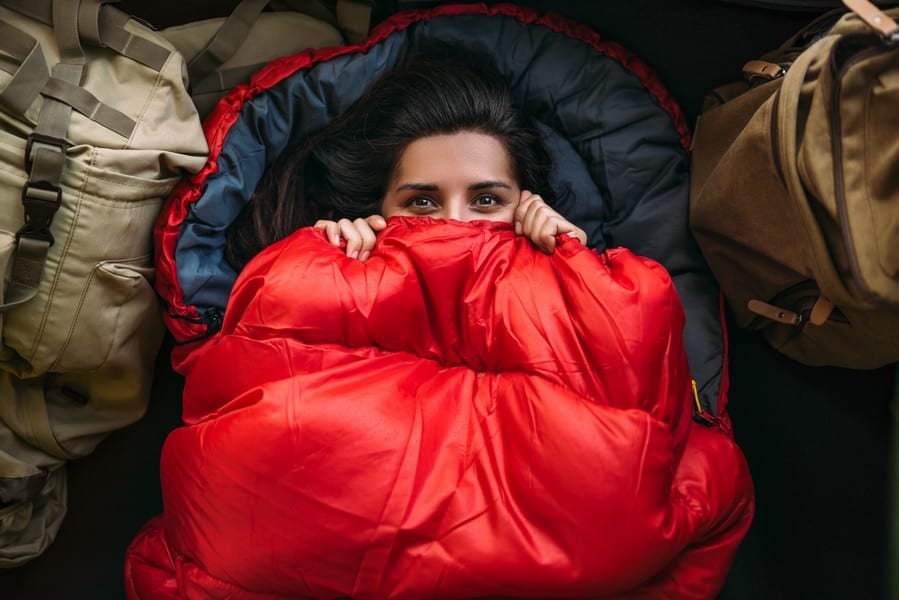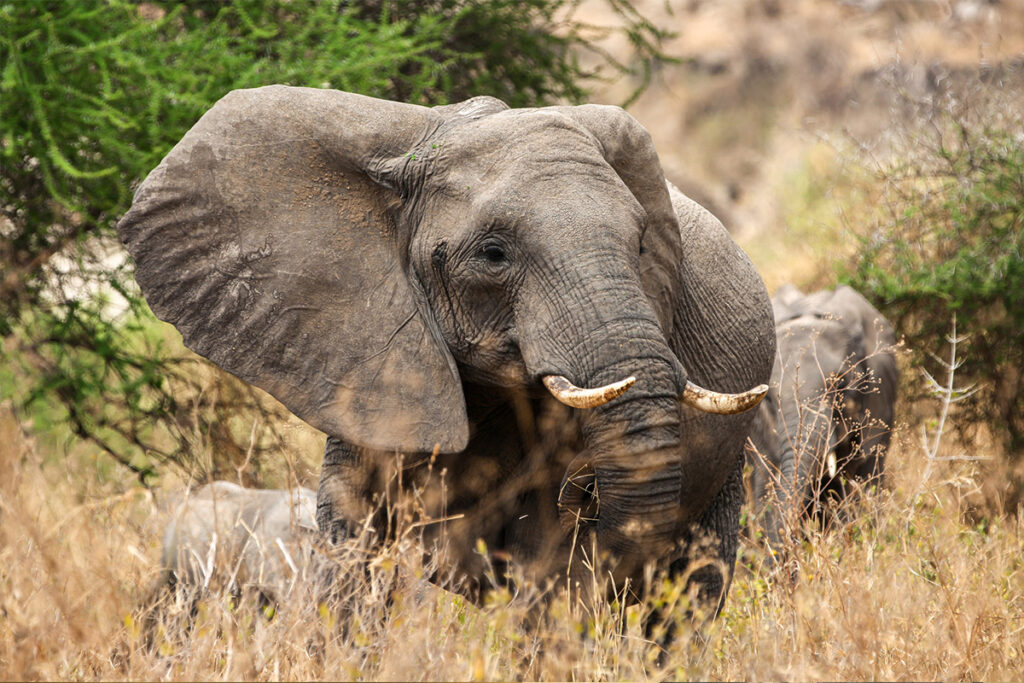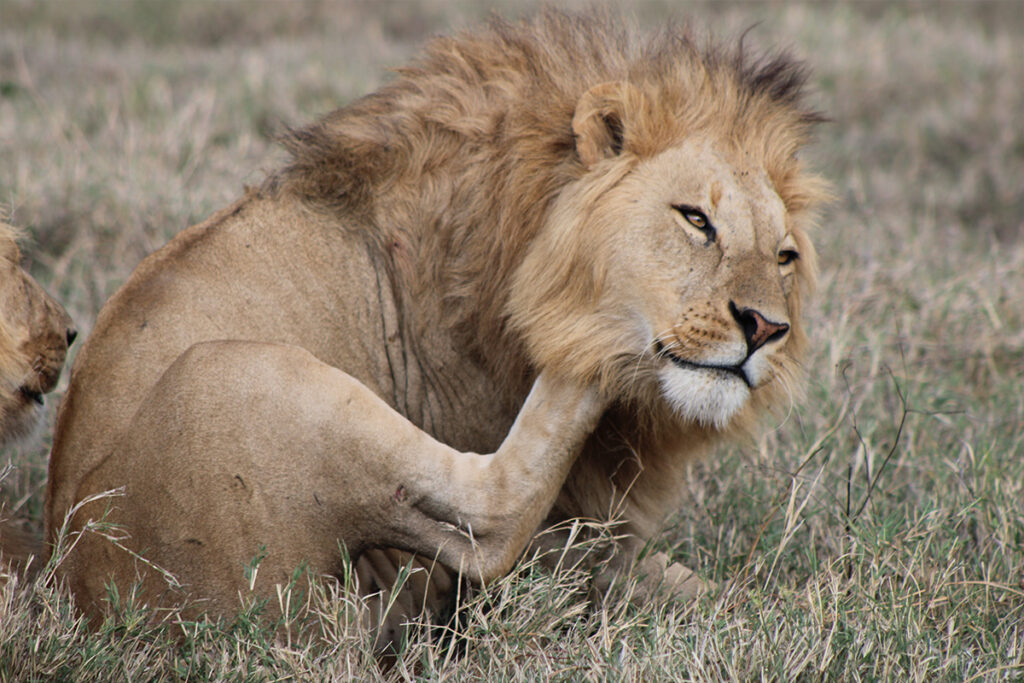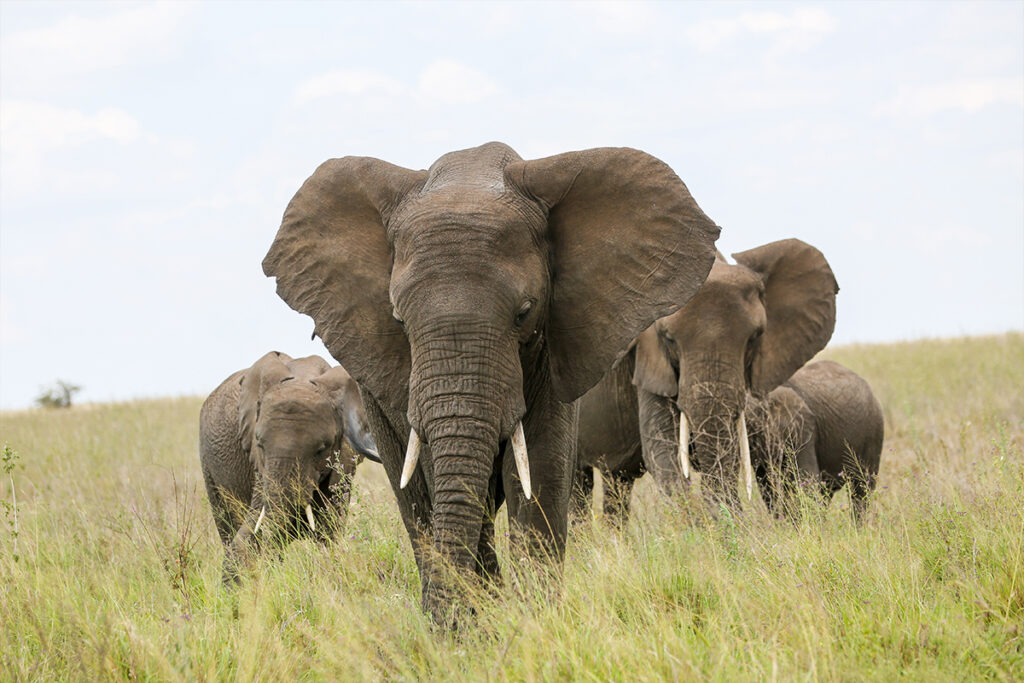Ascending Mount Kilimanjaro presents climbers with breathtaking views—and bone-chilling temperatures as you reach the higher altitudes. It’s fascinating to note that temperatures can plummet to below zero at night, even at tropical latitudes. This makes choosing the right sleeping bag not just a comfort matter, but a crucial survival consideration.
Experts suggest that down insulation offers the best warmth-to-weight ratio for such challenging conditions. Historically, the high-quality down sleeping bag has been a climber’s best ally, credited with maintaining internal warmth despite frigid external temperatures. A statistic worth noting: a well-chosen sleeping bag can improve sleep quality by up to 75%, significantly impacting your ability to trek the next day.

Sleeping Bag Tips: Staying Warm on Kilimanjaro
Choosing the right sleeping bag is crucial for staying warm on Kilimanjaro. It’s important to look for a bag rated for temperatures below zero. This helps you manage the cold nights at high altitudes. You should also pay attention to the bag’s material. Down-filled sleeping bags are known for their warmth and lightweight nature.
When preparing for Kilimanjaro, layer your clothing inside the sleeping bag. This helps trap heat effectively. Use a sleeping bag liner for added insulation, which can increase warmth by several degrees. A liner is also lightweight and can be packed easily. Choose one made from fleece or silk for best results.
Keeping your sleeping bag dry is essential. Moisture can quickly reduce its warming ability. Make sure to use a waterproof stuff sack during the day. You should always dry your sleeping bag in the sun if it becomes damp. This practice ensures it maintains its effectiveness.
Consider using additional gear for warmth.
- A sleeping pad adds insulation from the cold ground.
- Wearing a hat and warm socks enhances body heat retention.
- Hand warmers placed inside the bag can provide extra warmth.
Combining these strategies helps you stay comfortable and enjoy your climb to the top of Kilimanjaro.
Kilimanjaro Packing: What Sleeping Bag \u0026 Pad to Pack? (Part 5/9)| Trek Tips
Understanding the Importance of Temperature Rating
Temperature rating is critical for choosing the right sleeping bag. It indicates the lowest temperature at which a sleeping bag can keep you warm. However, these ratings can vary between brands. Always consider a buffer to ensure comfort. For Kilimanjaro, select a sleeping bag rated significantly below the expected coldest temperature.
Modern sleeping bags come with two types of ratings: comfort and limit. The comfort rating is the lowest temperature at which an average user feels comfortable. The limit rating is for those who sleep warmer than average. Most experts suggest opting for a bag that matches your personal comfort level. It helps ensure better sleep during your trek.
Factors like wind and humidity can affect how warm you feel. Wind-resistant sleeping bags provide better protection in exposed areas. In addition, your body’s metabolism and health play roles in how much warmth you need. Always test your sleeping bag before heading on your trip. This ensures you understand its effectiveness.
When comparing sleeping bags, look at the EN (European Norm) or ISO ratings for accuracy. These standards provide a good benchmark for warmth.
- Comfort rating is crucial for cold sleepers.
- Limit rating is ideal for warm sleepers.
- Extreme rating should not be relied upon.
Choosing a sleeping bag with the correct temperature rating is vital for your Kilimanjaro adventure.
Choosing Between Down and Synthetic Insulation
When selecting a sleeping bag for Kilimanjaro, you face a choice between down and synthetic insulation. Down insulation is made from the soft feathers of ducks or geese. It is lightweight and compressible, making it easy to carry. However, it loses its insulating properties when wet. So, down is ideal for dry, cold conditions.
Synthetic insulation is an alternative option, made from man-made fibers. It provides warmth even when wet, a significant advantage in damp conditions. Although it is generally heavier and bulkier than down, it’s often more affordable. Synthetic bags dry faster if they get wet. This makes them suitable for unpredictable environments.
Both insulation types have unique benefits that cater to different needs.
- Down is perfect for experienced hikers wanting lightweight gear.
- Synthetic suits those trekking in wetter climates.
- Consider your budget, as down tends to be pricier.
Balancing these factors helps make the right decision for your trek.
Some adventurers prefer a hybrid approach, using both types where appropriate. For instance, a down bag paired with a synthetic liner can combine advantages. Ultimately, the best choice often depends on personal preference and travel plans. Assess your specific needs before committing to one type. This ensures a comfortable and successful journey up the mountain.
Effective Use of Sleeping Bag Liners
Sleeping bag liners are valuable accessories for any camping trip. They add an extra layer of warmth, boosting your sleeping bag’s temperature rating. Liners come in various materials such as fleece, silk, cotton, and synthetic blends. Each material offers different levels of warmth and weight. Choosing the right liner depends on your specific needs and environment.
Using a liner can help keep your sleeping bag clean. This is especially useful during long trips where washing the bag is not an option. A liner can easily be washed and dried, which keeps the inside of the sleeping bag fresh. Regular washing of liners helps maintain hygiene during your adventure. Clean gear ensures a more comfortable experience.
There’s a liner for every season. In warm climates, a lightweight cotton or silk liner adds just the right amount of warmth without overheating. For cooler conditions, a fleece liner offers additional insulation. Liners can also serve as standalone sleeping bags in mild weather. This flexibility makes them a great investment for versatile outdoor activities.
In addition to warmth and hygiene, liners can add extra comfort. Some have pillow pockets for convenience. There’s a variety of shapes to fit different sleeping bag designs. Rectangular liners offer more space, while mummy-shaped options fit snugly within mummy sleeping bags. Exploring features allows you to personalize your sleeping setup.
Using a liner can add several degrees of warmth. This makes bringing one along a smart decision for cold nights.
- Silk offers softness and lightweight warmth.
- Fleece provides cozy comfort in chillier conditions.
- Synthetic options are easy to care for and durable.
Selecting the right liner enhances your experience, ensuring restful sleep under the stars.
Maintaining and Caring for Your Sleeping Bag
Proper care extends the life of your sleeping bag and keeps it performing at its best. It’s essential to store your bag in a dry place, avoiding compression sacks for long-term storage. Instead, use a large, breathable storage bag. This helps maintain the bag’s loft and insulation properties. Proper storage is key to durability.
After each use, air out your sleeping bag to prevent moisture buildup. This practice keeps it fresh and ready for your next adventure. If your bag gets wet, dry it thoroughly before packing it away. Hang it in a shady spot or a well-ventilated area. These steps help preserve the bag’s insulating capabilities.
Washing your sleeping bag periodically ensures it stays clean and efficient. Follow the manufacturer’s guidelines for washing, typically using a front-loading machine. Use a gentle detergent specified for down or synthetic insulation. Avoid fabric softeners, as they can reduce the bag’s effectiveness. Regular washing protects your investment.
Repairing small tears or holes promptly avoids bigger problems later. Most small repairs can be managed with patches designed for outdoor gear. It’s wise to carry a repair kit on trips.
- Inspect the bag for damage before and after each trip.
- Patch holes as soon as you notice them.
- Seek professional repairs for major damage.
Keeping your gear in top shape ensures comfort and warmth during your travels.
Additional Gear to Enhance Warmth
To stay warm on cold nights, consider using a variety of additional gear. A high-quality sleeping pad can make a significant difference. It provides insulation from the cold ground. R-values indicate the pad’s insulation level, with higher values offering better warmth. It’s crucial for comfort and warmth.
Layering your clothing inside the sleeping bag adds warmth. Base layers made from wool or synthetic materials are great choices. Mittens, socks, and hats also help retain body heat. Remember, dry clothes and socks work best. Night clothing should be dry and clean for maximum effectiveness.
Hand and foot warmers can be lifesavers. They are small packets that generate heat when activated. Place them inside your socks or gloves to keep extremities warm. They are lightweight and easy to carry. These warmers provide extra heat for several hours.
Consider using a sleeping bag hood for added warmth.
- It traps warm air around your head and neck.
- Helps prevent heat from escaping.
- Most come with adjustable drawstrings for a snug fit.
Keeping your head warm is essential for overall body warmth.
A tent can also significantly impact warmth. Tents designed for colder conditions provide better insulation. Double-wall tents offer an extra layer to trap heat. Make sure the tent is ventilated to avoid condensation. A well-ventilated tent prevents moisture build-up.
Key Takeaways
- A sleeping bag rated below freezing is essential on Kilimanjaro.
- Down insulation offers great warmth-to-weight efficiency for hikers.
- Synthetic bags are best if you expect wet conditions.
- Layering inside the bag and using liners boost warmth.
- A high-quality sleeping pad insulates from the cold ground effectively.




